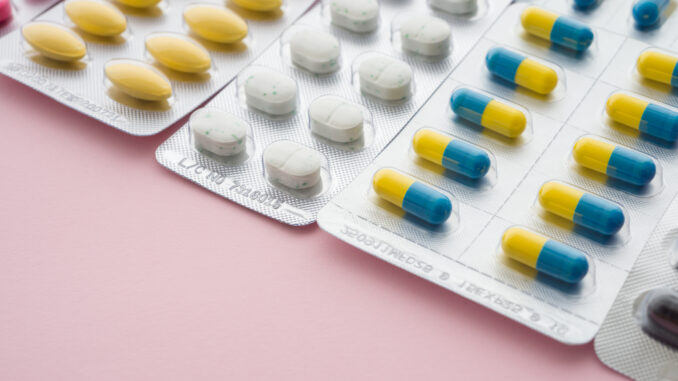
Learn how and why disposing of unused medications is important—and easy
by Thea Marie Rood
We have all had the experience: Maybe your spouse didn’t need the painkillers prescribed for recovery from surgery; maybe your teenager didn’t use all of his acne medication because of side effects; maybe your elderly grandparent passed away, leaving a shoe box filled with prescription drugs.
“We’ve collected 10,000 pounds of medication. This is so exciting—just to know these chemicals are not going in our water supply and landfills.”
Reb Close, M.D., lead clinical physician, County of Monterey
Where do you get rid of them safely?
And safely is the operative word here, because unused medications that are not disposed of properly can cause a myriad of serious public safety concerns.
For example, if unused medications stay in your medicine cabinet, they can fall into the hands of a child or teenager, who could accidentally overdose or begin an addiction. Criminals searching for drugs, especially opioids, may come into your house posing as a prospective homebuyer—or attempt a break-in.
If unused medications are thrown away in a garbage can, it is still possible that they may be illegally diverted. If drugs are flushed down a toilet or washed down the sink, they may end up in our landfills and waterways, harming wildlife and entering our drinking water.
Fortunately, there is an easy answer: Medication Take-Back Bins. These bins are safe and convenient disposal options for prescription and over-the-counter medications.
These convenient bins are a part of the California Statewide Drug Take-Back Program, which was funded by a $3 million grant from the Department of Health Care Services, and—specifically—its Medication Assisted Treatment program aimed at combating the opioid crisis. This is a prelude to the statewide bill, Senate Bill 212, which was signed into law by then-Gov. Jerry Brown on Sept. 30, 2018. SB 212 was a years-long effort by the California Product Stewardship Council and its authors, State Sen. Hannah-Beth Jackson and Assemblymembers Phil Ting and Adam Gray. In fact, statistics from up and down the state show that medication bins can result in a significant reduction in opioid deaths when bins are put in place.
“We put our bins in in 2018,” says Reb Close, M.D., the lead clinical physician for the County of Monterey, who also is in charge of tracking the bins. “We’ve collected 10,000 pounds of medication. This is so exciting—just to know these chemicals are not going in our water supply and landfills. (We’ve) also seen the ravages prescription drug use are having on our community. And this keeps them out of circulation.”
Hosting a bin through this program is easy and free—installation, maintenance, disposal and promotion. Bins can be placed in pharmacies, hospitals, and law enforcement agencies. People disposing of medications in these bins can also remain anonymous—no need to talk to anyone or answer any questions.
And best of all, the drugs are ultimately incinerated at a waste energy facility and converted to renewable energy, a complete win-win.
For more information, visit https://www.takebackdrugs.org/.


